Aviation Safety Monitor Weekly Report for the Week Ending January 11, 2025
Safety margins improved for the fourth consecutive week, with the first two weeks in January showing a much-welcome improvement over the poor numbers for December. Mean daily encroachment durations for January are running one-third below the daily December average. The more severe category A and B encroachment duration daily average is nineteen percent below the December average during the first two weeks of January.
Weekly Safety Margin Update. Every Monday, Robust Analytics reports on safety margins at 26 United States airports. With this Aviation Safety Monitor Weekly Report, Robust Analytics offers the aviation community timely assessments of changing safety margins and safety-related events. Dates and times are tracked in UTC, and the week ends at midnight every Saturday. This week’s report includes data through 2400 UTC on January 11, 2025.
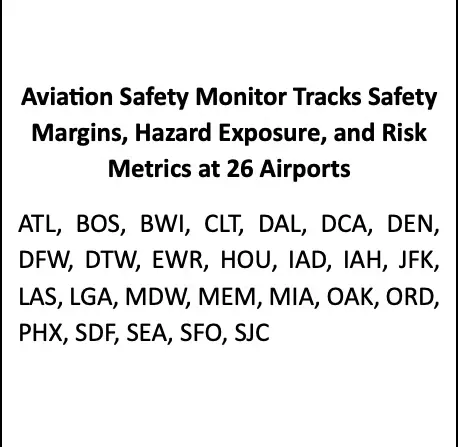
For New Readers: Please read our article “Did Safety Degrade in the National Airspace System in the Winter of 2022-2023?” that applies our methods and data to examine whether safety margins decreased during the events of winter 2022-2023.
The Aviation Safety Monitor measures safety margins by estimating the frequency, duration, and severity of buffer encroachments. Our paper “How Do We Measure Safety Margins?” provides a detailed description of the methods and data. That article can be found here https://www.robust-analytics.com/measure on the Robust Analytics website.
Safety margins improved again last week for the fourth consecutive week. The Weekly Safety Report uses buffer encroachment events and durations to measure changes in safety margins. Those metrics, as Figure 1 shows clearly, are approaching the much more tolerable levels of late summer. Total encroachment durations for the week dropped 16.7 percent and the number of encroachment events fell 6.8 percent. The improvement is welcome after December’s high levels. December marked the seventh consecutive month with an increase in the daily encroachment duration metric. January is much improved.
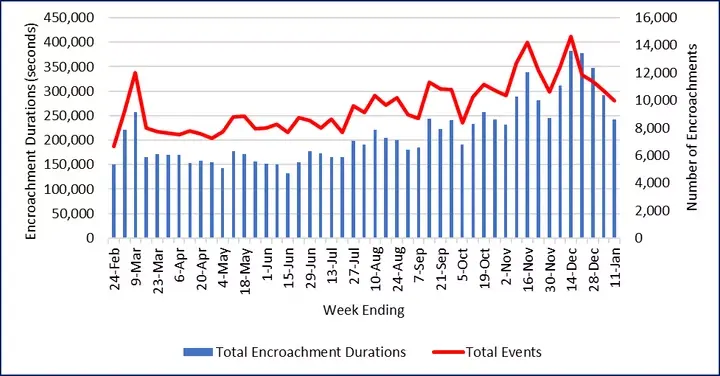
Figure 1. Weekly Buffer Encroachment Metrics
This week we continue reporting buffer encroachment durations by separation conformance category. This added detail is more informative to readers, as the Category PE and C buffer encroachments are strongly affected by meteorological conditions. In fact, by definition, during visual meteorological conditions there are no buffer encroachments. The more severe encroachments in Category A and B provide a better indicator of changing safety margins.
Figure 2 reports the weekly total durations for the two conformance category groupings. The Category PE and C weekly durations bounce around with little long-term trend since we started reporting in February, primarily reflecting changes in meteorological conditions. Last week there was little change in the PE and C durations remained elevated, while Category A and B duration totals for the week ending January 11 decreased 19 percent from the previous week. The metric is 75 percent above the low recorded in the first week of May.
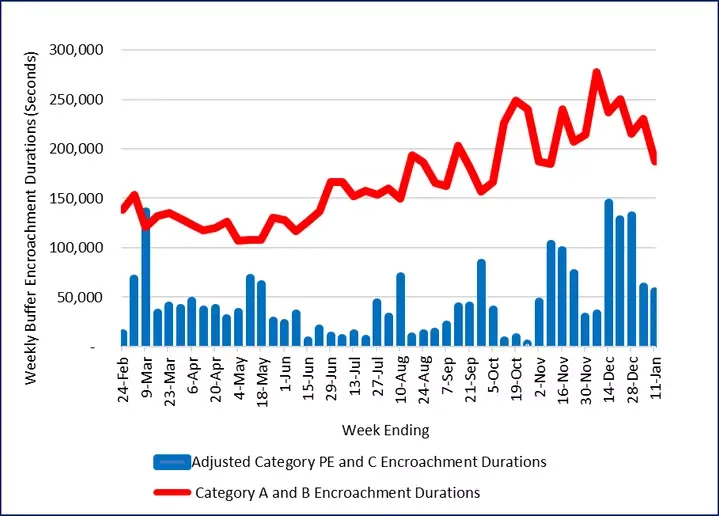
Figure 2. Weekly Trends in Encroachment Durations By Separation Conformance Category
Figure 3 reports the 24-hour moving average encroachment duration of all conformance categories per aircraft for the past three months. Figure also indicates the historical range of the data by showing the 25th, 75th, and 90th percentile values of the duration per aircraft metric. The percentiles were estimated using data from May 2022 through February 2024.
The chart shows a clear improvement in safety margins since the beginning of November although the variance is higher. Average daily encroachment durations have fallen in January, reversing the December trend, which were 24 percent above the November average.
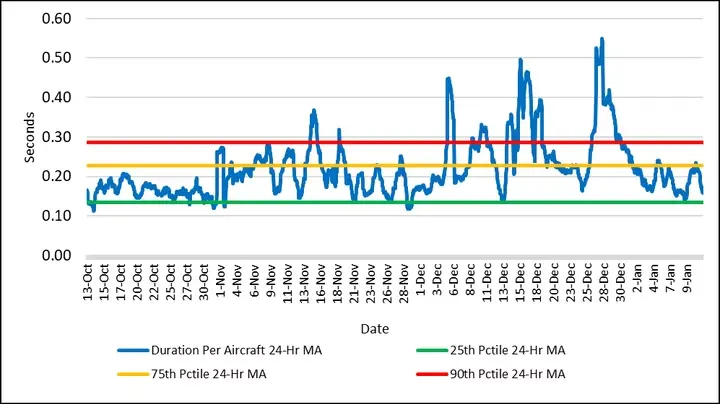
Figure 3. 24-Hour Moving Average Encroachment Duration Per Aircraft for the Three Months Ending January 11, 2025
Figure 4 shows the longer trend in the 24-hour moving average since February 2024. This metric returned to its range from last February. Seasonal patterns appear to be persistent and we will continue to analyze the historical data to identify recurring patterns.
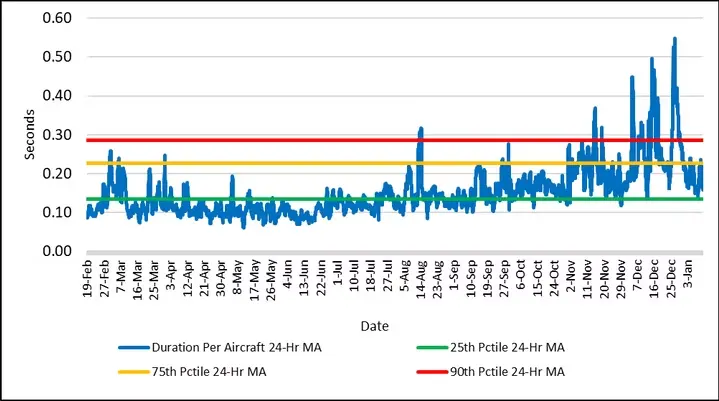
Figure 4. Moving Average Hourly Encroachment Duration Per Aircraft From February 18, 2024 Through January 11, 2025
The Aviation Safety Monitor summarizes output from Risk Tracker, the Robust Analytics in-time terminal airspace hazard and safety metrics monitoring system.
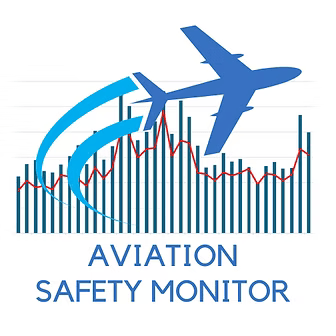
About the Aviation Safety Monitor
The Aviation Safety Monitor is a service provided by Robust Analytics to deliver timely information on terminal area safety in the National Airspace System (NAS). The safety monitoring and prediction technologies were developed by Robust Analytics over the past several years. Partial funding was provided by the NASA Small Business Innovation Research Program and the NASA System Wide Safety Project.
The Aviation Safety Monitor provides quantitative estimates of safety margins at 26 airports in 17 metropolitan regions in the United States. This information complements data on several safety-related events that are published elsewhere, with the FAA’s Runway Incursion Statistics website a good example. However, the available safety information can be misleading if it only reports the frequency of violations with no insight into how safety buffers may vary minute-to-minute and day-to-day. The Aviation Safety Monitor aims to provide this insight every week.
